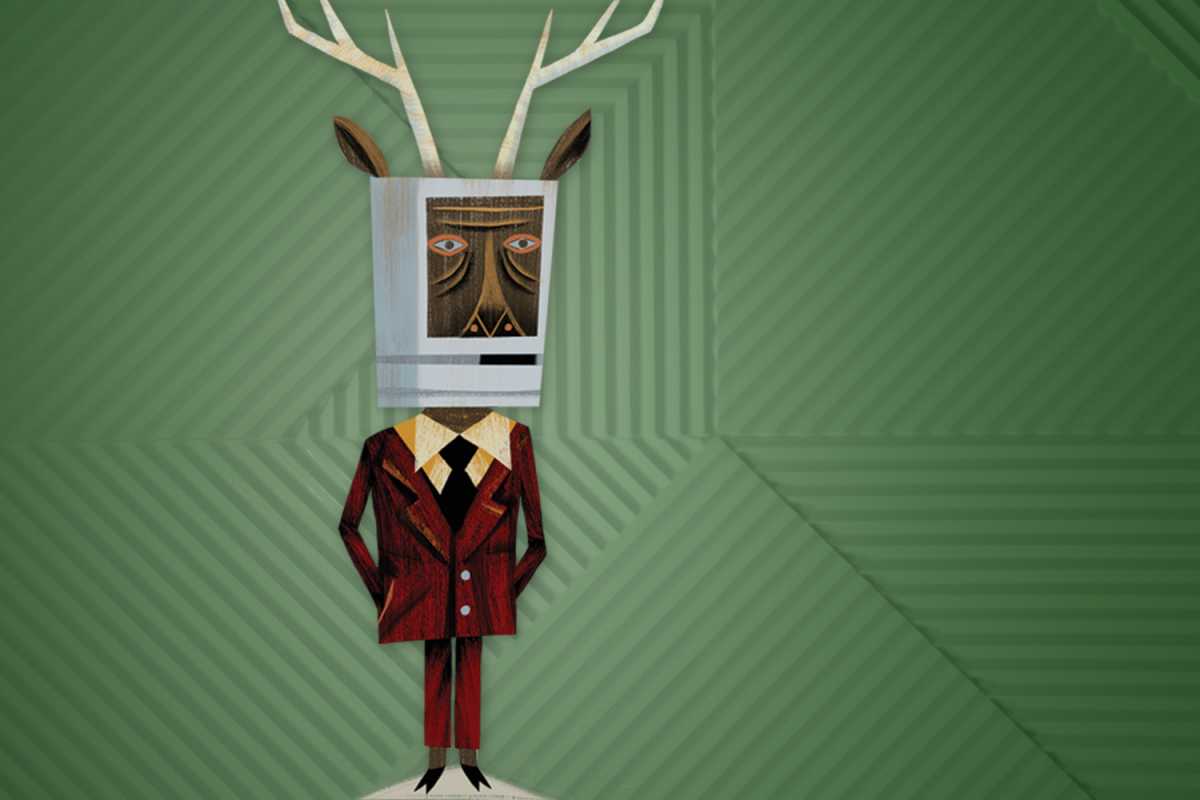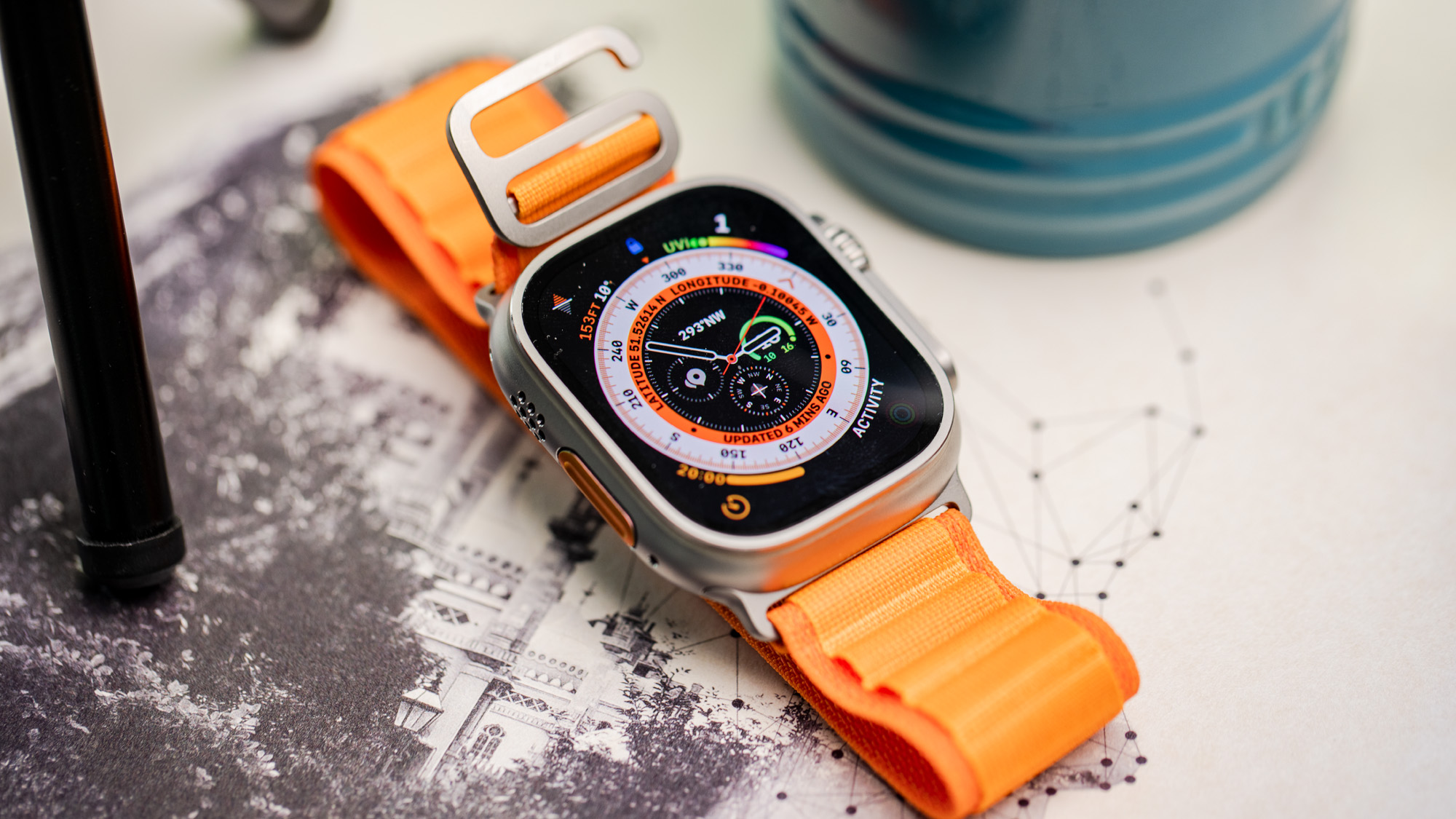The trajectory of the Apple Watch is simply hilarious.
First, Apple is told that it must create a watch. Yes, only one flamboyantly “wrong about Apple” analyst said the company would “disappear” in just 90 days if it didn’t release a watch, but his opinion was simply the absurd cherry on top of the banana sundae of hyperbolic opinion. The general consensus was that wearables were the future and Apple was somehow late to the game.
That certainly doesn’t sound like anything else, does it?
“Apple needs a foldable iPhone soon or iPhones won’t be worth buying”
Nah, probably not. Not even worth mentioning that time is a flat circle and the bicycle of group think that rides on it has flat tires.
Of course, this was nine years ago and technology marches ever forward, so it’s not unreasonable that wearables would have been considered a big deal then and aren’t that much of a deal now. And, in fairness, wearables did turn out to be a big business. So pundits were right to make a fuss about it. In less ginned-up, faux fairness, and more accuracy, wearables became a big deal because of the Apple Watch. So much so that it is not unreasonable to say that the Apple Watch is the wearables category.
When Apple did announce a watch, it was declared a flop before the first unit ever even shipped. Pundits spent the first several years of the Watch’s life declaring it a failure
How could it succeed? Ahem, watches are round not square! To pretend quote some Apple Watch nay-sayers circa 2015: “Uh, this.” “That’s the tweet!” The obsession with its shape was perhaps the Macalope’s favorite Apple Watch hobby horse. Pundits claimed watches were just naturally supposed to be round, as if square watches had never existed before. They further seemed to ignore the fact that while round watches were a design dictated by the sweep of analog watch hands, smartwatches would benefit from a different design choice, one that maximized information density.

IDG
Years later, Apple Watches are everywhere. Starting at $249, they’re within the reach of a lot of budgets. They’re so ubiquitous that articles about how gross watch bands are turned into articles about how gross Apple Watch bands are as if other watches don’t even exist.
We’re at the point where even the thought of changing the Apple Watch is causing a bit of consternation.
Apple is now rumored to be working on a redesigned Apple Watch, the Apple Watch X, to mark the tenth iteration of the device. Among the expected enhancements is a new clasp mechanism for the bands, which would allow the company to make the device thinner and/or add more components, such as a larger battery.
Making bands relatively easy to switch is one of the great innovations of the Apple Watch. Jony Ive’s desire to make the Watch a high-end fashion item didn’t end up working out very well, but it did become a fashion accessory for the rest of us, in no small part because of the band clasp. When you can change bands quickly and bands are available in a huge range of materials and colors, often at dirt cheap prices, it makes it easy to accessorize.
As someone who has invested a modest amount of money in bands for the larger Watch and then again when switching to the smaller version, the idea of having to buy all new bands again is like thinking about dealing with that 24-pack of single-ply toilet paper you bought during the pandemic but never had to use. UGH, I’LL GET TO IT WHEN I GET TO IT. The lure of a thinner Watch with more battery life will seal the deal eventually.
From flop to king, however, the Apple Watch has become an integrated part of life for a lot of people. And we’d rather switch bands than fight it.





